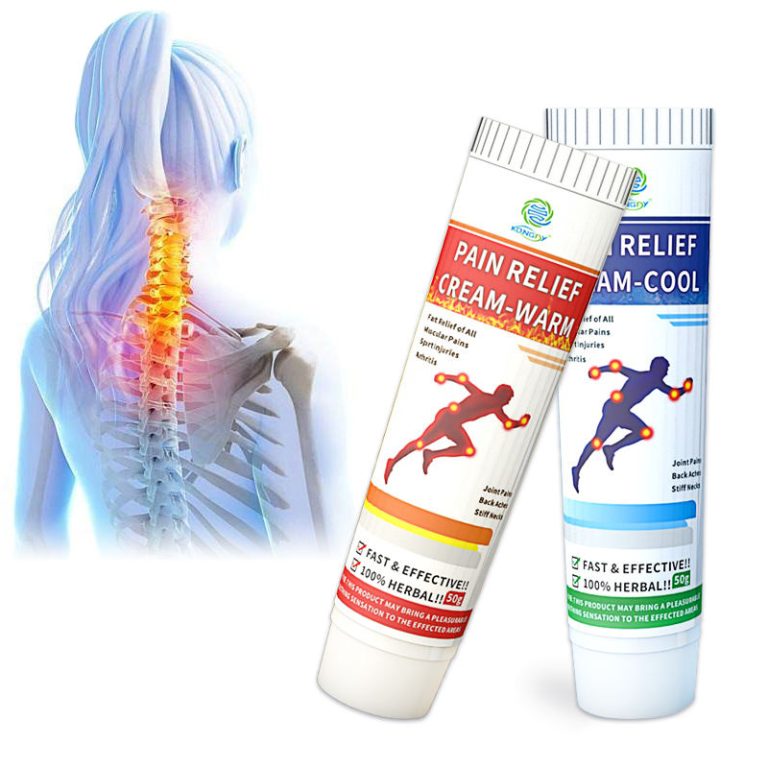Pain relief creams have become increasingly popular as a non-invasive method to alleviate various types of bodily discomfort. These topical solutions offer a targeted approach to pain management, providing localized relief without the need for oral medications.
The active ingredients in pain relief creams typically include analgesics like menthol, camphor, or capsaicin. These compounds work by creating a cooling or warming sensation on the skin, which helps to distract from the pain and reduce inflammation in the affected area. Some creams also contain ingredients like arnica or eucalyptus oil, known for their natural pain-relieving properties.

One of the main advantages of using pain relief creams is their ease of application. Users can simply massage the cream into the skin over the painful area, allowing for quick absorption and fast-acting relief. This makes them particularly useful for treating muscle aches, joint pain, and minor injuries.
Moreover, topical pain relievers often have fewer side effects compared to oral pain medications. They don’t pass through the digestive system, reducing the risk of stomach upset or other systemic side effects. This makes them a safer option for long-term use, especially for those with sensitive stomachs or those taking other medications.
However, it’s important to note that while pain relief creams can be effective for many types of discomfort, they may not be suitable for all conditions. Deep or chronic pain might require more comprehensive treatment approaches. Additionally, users should always follow the instructions on the product label and consult with a healthcare professional if pain persists or worsens.
In conclusion, pain relief creams offer a convenient and generally safe option for managing various types of pain. As with any medical product, it’s essential to use them responsibly and in conjunction with other healthy lifestyle practices for optimal pain management.






